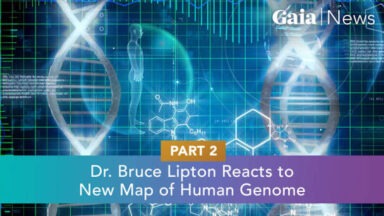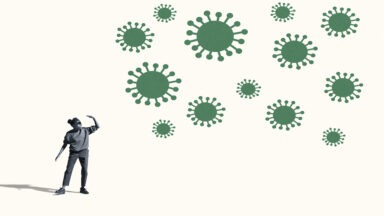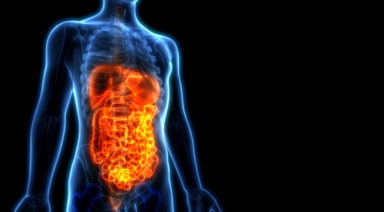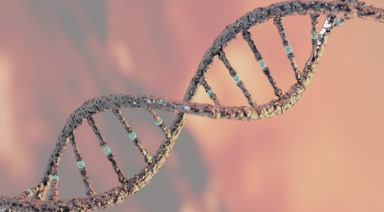Doctors Discover New Organ in Human Body To Help Treat Cancer
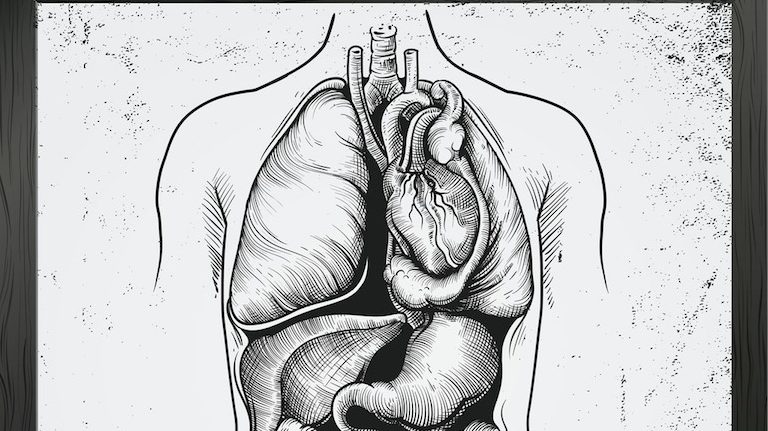
Scientists discovered a new organ in the body that turns out to be one of the largest. The interstitium is a series of fluid-filled compartments found beneath the skin, and could hold the key to understanding the spread of one of humanity’s biggest medical dilemmas: cancer.
Originally perceived as connective tissue, the interstitium has eluded doctors and biologists as an organ of its own, with a specific task of transporting and filtering fluids throughout the body.
Before this discovery, it was assumed that our skin was the largest organ, but now the interstitium may prove to be even larger. This new distinction would mark the body’s 80th organ.
The word interstitium derives from the Latin “inter,” meaning between, and “sistere,” meaning to place, – the place between. Doctors believe this in between organ may also act as a sort of cushioning to keep our organs safe.
The interstitium is the source of lymph, where white blood cells are transmitted to fight infections. It is also important for transporting protein from the blood to a multitude of organs and cells.
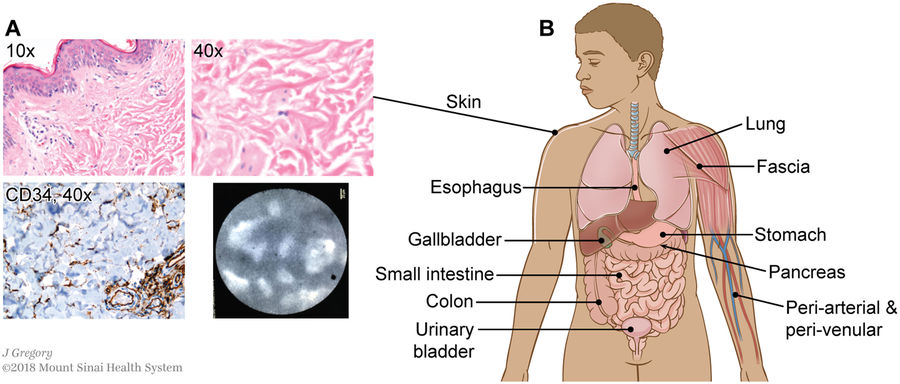
Researchers still need to confirm whether it qualifies as an organ, but a new perception of the interstitium seems promising for tracking and advancing the spread of diseases. While the tissue is important for transporting fluids throughout the body, it is also likely to be responsible for spreading cancer.
The organ was originally looked over because of its pervasiveness and the way it was studied. In the past, doctors sliced into the interstitium during biopsies, upon which all of its fluid would drain, leaving it flat and solid.
But now through an endoscopy procedure, in which doctors examine organs using a tiny camera attached to a thin, flexible tube, they gained a new perspective on the interstitium and the important role it plays in supporting bodily functions.
The paper published in the journal Nature says the existence of the location and structure of larger inter- and intra-tissue spaces is described vaguely in literature and that in vivo advances in microscopy were responsible for better understanding it. These advances will likely lead to further discoveries in the future, while also showing just how much we still have to learn about our own anatomy.
Dr. Bruce Lipton Reacts to New Map of Human Genome
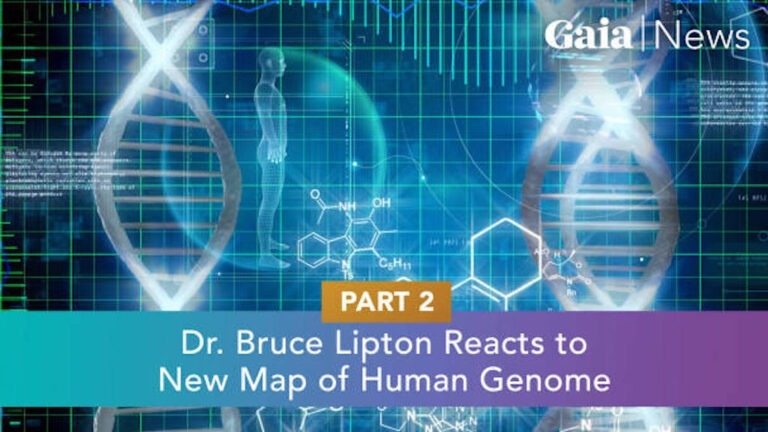
As scientists announce the completion of the human genome map, the emerging science of epigenetics provides an alternate view on how we can gain mastery over our genes and achieve true wellbeing.
Dr. Bruce Lipton is a cellular biologist and leader in the field of epigenetics, which holds that external factors can affect our gene expression.
Lipton’s research over many decades has suggested that it is our environment, and even more importantly how we perceive it, that determines our gene behavior.
“Less than one percent of disease is connected to genes,” Lipton said. “Over 90 percent of illness is stress, which means you’re not living in harmony with the environment, and the function of the cells is to adjust their biology to the environment. But I say, ‘But wait, the brain is the interface between the environment and the genes.’ So, my cells don’t know what the real environment is, my cells only respond to my perception of the environment. Well, positive thoughts can heal you of any disease, that’s placebo (effect).”
“Negative thinking can cause any disease, regardless of what genes you have, because negative thinking through epigenetics can rewrite healthy genes and turn them into cancer. You’re creating the good, but you also have to recognize you are participating in creating the negative things as well,” he said.
The biggest roadblock to exerting a positive influence over our genes, Lipton says, comes from faulty programming.
“All of us got programmed the first seven years of our life. We play the program 95 percent of the day,” Lipton said. “The conscious mind, which is the creator mind, is separate from the subconscious mind, which is the programmed mind. The significance is that subconscious is on autopilot, and if 95 percent of your life is coming from the subconscious, then you are playing programs and you’re not playing creator. The issue is the programs we got in the first seven years, up to 60 percent of those programs are beliefs, they’re things that are disempowering, they’re self-sabotaging, or limiting behaviors, and therefore, we’re losing power in the program that says, ‘Who do you think you are? You don’t deserve that. You’re not that smart.’ These are things we acquired when we were young.”



